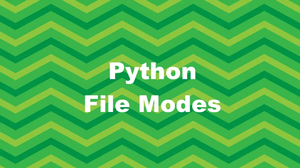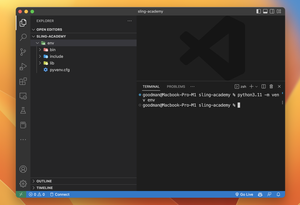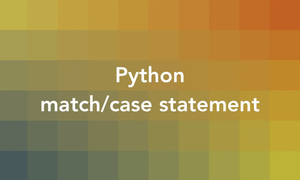Overview
Working with dictionaries in Python is a fundamental skill for any programmer. Knowing how to efficiently check for the existence of a key within a dictionary can improve both the performance and readability of your code. In this article, we’ll explore various methods to achieve this, ranging from basic to advanced techniques.
Basic Techniques
The most straightforward way to check if a key exists in a dictionary is by using the in operator. This is not only easy to read but also highly efficient. For instance:
my_dict = {'a': 1, 'b': 2, 'c': 3}
print('a' in my_dict) # Output: True
print('d' in my_dict) # Output: False
This method is sufficient for the majority of cases where a basic check is required. However, there are occasions when more advanced techniques become necessary.
Using get Method
Another method to check for the presence of a key is through the get method. This method returns the value associated with the key if it exists, otherwise, it returns None (or a specified default value). This could be particularly useful when you need the value after checking its existence:
my_dict = {'a': 1, 'b': 2, 'c': 3}
value = my_dict.get('a', 'Key not found')
print(value) # Output: 1
value = my_dict.get('d', 'Key not found')
print(value) # Output: Key not found
While the in operator is faster for merely checking the existence of a key, the get method provides a clean way to both check and utilize the key’s value.
Try-Except Block
One advanced technique involves using a try-except block. This method tries to access the key and catches the KeyError if the key does not exist. This approach might be preferable in situations where non-existence of a key should trigger a specific action:
my_dict = {'a': 1, 'b': 2, 'c': 3}
try:
print(my_dict['d'])
except KeyError:
print('Key not found')
# Output: Key not found
This method is particularly useful when you’re accessing multiple keys and want to handle errors individually or log specific messages.
Using Dictionary Views
Python also provides more advanced techniques through dictionary views like keys(), items(), and values(). These methods return view objects that provide a dynamic view of the dictionary’s entries, which can be beneficial for checking if a key exists:
my_dict = {'a': 1, 'b': 2, 'c': 3}
if 'a' in my_dict.keys():
print('Key exists')
else:
print('Key not found')
# Output: Key exists
Despite being slightly more verbose, using keys() method can enhance readability in certain contexts, making it clear that the check is specifically for the existence of a key.
Key Checking in Nested Dictionaries
Checking for the existence of a key becomes trickier with nested dictionaries. In such cases, recursion or iterative methods can be employed. A simple recursive function could look like this:
def key_exists(d, key):
for k, v in d.items():
if k == key:
return True
elif isinstance(v, dict):
if key_exists(v, key):
return True
return False
nested_dict = {'a': {'b': {'c': 1}}}
print(key_exists(nested_dict, 'c')) # Output: True
This method recursively checks each level of the dictionary for the requested key, providing a robust solution for nested structures.
Using Dictionary Comprehensionsa
Finally, advanced users may employ dictionary comprehensions to filter or transform dictionaries based on the presence or absence of certain keys. Though not a direct method for checking key existence, it offers creative ways to handle dictionaries having specific keys.
# Sample dictionary
sample_dict = {
'name': 'John Doe',
'age': 30,
'city': 'New York'
}
# Keys to check in the dictionary
keys_to_check = ['name', 'age', 'email']
# Check if each key exists in the dictionary and print the result
for key in keys_to_check:
if key in sample_dict:
print(f"Key '{key}' exists with value: {sample_dict[key]}")
else:
print(f"Key '{key}' does not exist.")
This example iterates over a list of keys (keys_to_check) and checks whether each one exists in sample_dict. If a key exists, it prints the key and its corresponding value; if it does not exist, it prints a message stating that the key is missing.
This approach is useful when you need to verify the existence of several keys in a dictionary, which could be essential for validation, data integrity checks, or conditional logic based on available data.
Conclusion
Python provides multiple paths for checking if a key exists in a dictionary, each with its advantages depending on the situation. While the in operator and the get method cater to straightforward checks, more elaborate scenarios might benefit from try-except blocks, dictionary views, and recursive techniques. Understanding the pros and cons of each method allows for more readable, efficient, and effective code.











